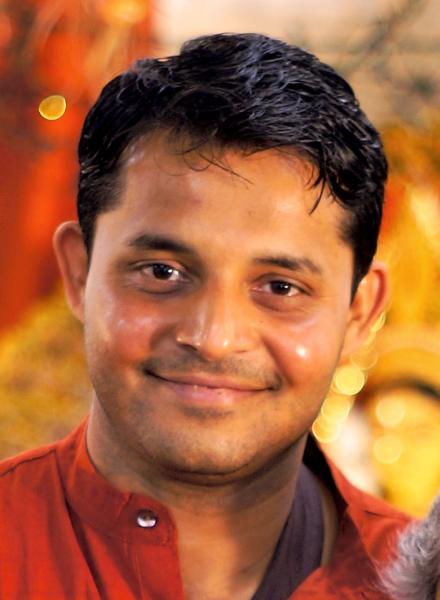Lessons Learned from Recent Aftershock Studies
Abhijit Ghosh
University of California Riverside

- Date & Time
- Location
- Online-only seminar via Microsoft Teams
- Summary
Large damaging earthquakes have traditionally been the focus of earthquake studies, understandably so because they are recorded well by a host of sensors. With recent explosion of the number of seismic stations and computational power, we are able to focus on small and even tiny earthquakes, previously not detectable using conventional methods. Aftershock studies are particularly well suited for taking advantage of this opportunity as fault typically becomes most productive right after a relatively large earthquake. Detail studies of aftershock activities, aided by dense seismic network, detection of tiny earthquakes and precise source locations have revealed a number of interesting facets of earthquake physics and fault architecture. I am going focus on two recent examples – 2015 Mw 7.8 Gorkha earthquake and 2019 Mw 7.1 Ridgecrest earthquake. I was involved in rapid deployment of temporary dense seismic network immediately following both earthquakes. Gorkha aftershock sequence illuminates faults in the Himalayan arc in unprecedented details. We are able to map out a duplex structure between an upper and lower subhorizontal planes indicating a much complex network of fault compared to a canonical flat-ramp-flat model of the Main Himalayan Thrust. In addition, fault structure and its complexities appear to control rupture bifurcation and its subsequent arrest. In case of Ridgecrest aftershock sequence, studies using existing permanent network reveal a number smaller faults including ones orthogonal to the main structure ruptured by the mainshock. Moreover, fault geometry seems to be the key to interaction and triggering of earthquakes in this area. These studies suggest that the details presented by recent aftershock studies are critical to advance our understanding in fault architecture and its implications on earthquake rupture.
Closed captions are typically available a few days after the seminar. To turn them on, press the ‘CC’ button on the video player. For older seminars that don’t have closed captions, please email us, and we will do our best to accommodate your request.
 Jump to Navigation
Jump to Navigation